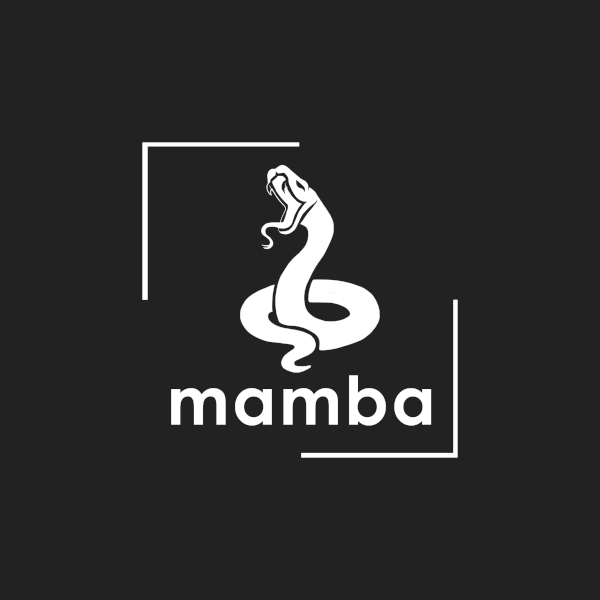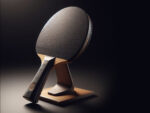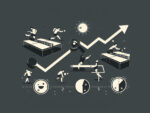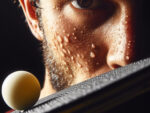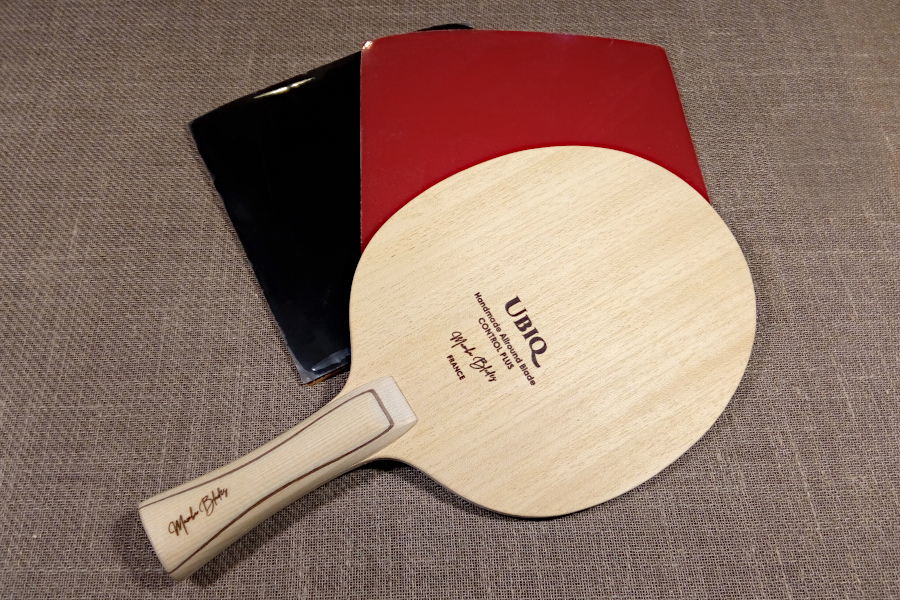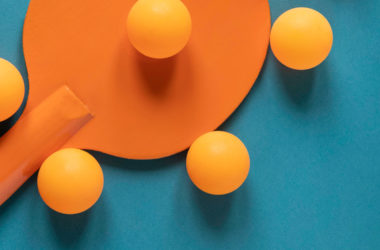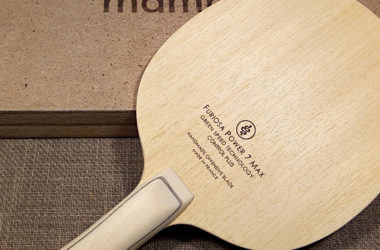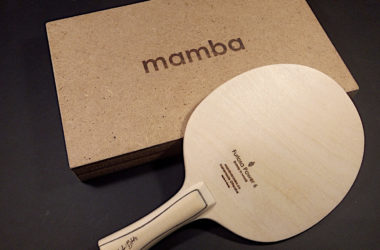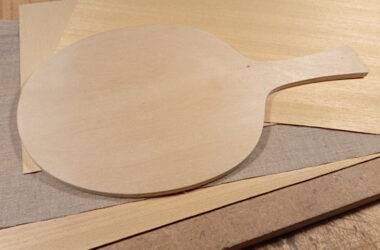

In the following article we will understand what are the parts of a table tennis racket and the importance of each of them.
Before you begin, please note that we refer to a table tennis blade when the racket does not have the rubbers attached.
The Pallet
It is the flat part of the table tennis blade and is the most important part of the racket, since with it, through the rubbers, the ball will be hit. According to its properties and its composition, the capacities of each racket vary both in speed and in control, energy and balance.
Although the pallet is regulated by the ITTF, there are an infinite number of models on the market. Its manufacturing formula depends directly on the existing game styles in table tennis (offensive, allround and defensive).
The purpose of the palette is to facilitate and/or enhance the key elements of each playstyle. For example, an offensive racket (OFF+) is designed for high-speed attacking players, while a allround racket (ALL) is designed for players who defend and attack with more control and less speed.
It should be noted that the proper selection of a table tennis blade is very important, since the blade or pallet determines up to 80% of the playing style of the tennis player, and the other 20% is given by the selected rubbers.
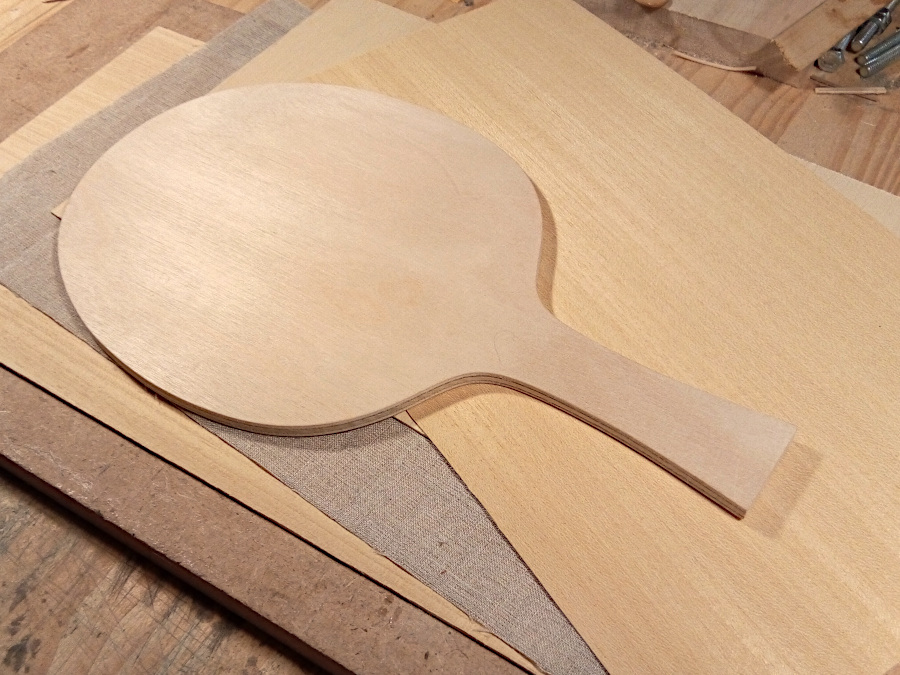
The Handle
It is the part by which the racket is held. It is a very important element since thanks to it, the player will find more or less comfort and ease to exert the blows that are necessary.
In addition to ergonomics and grip, the handle, being in direct contact with the hand, is the key to developing high sensitivity when contacting the ball.
Although for many manufacturers and players, the handle only has a function of grip and aesthetics, the truth is otherwise. The handle is responsible for the balance of the blade. A very light handle will provide more weight at the tip of the racket (the nose), while a very heavy handle will provide more weight at the heel. This will substantially change the attack and defense properties of the blade or racket in general.
There are several types of handles on the market. The most common are straight, anatomical, conic, and flared. For the handles there is no regulation by the ITTF, so the manufacturers usually propose innovative designs and/or with completely different shapes.
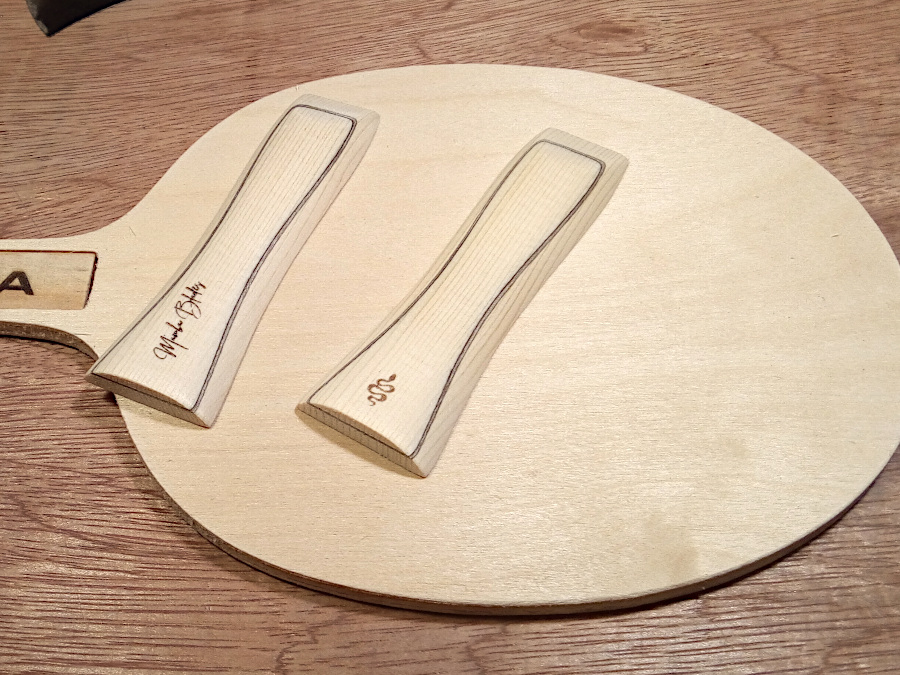
The Rubbers
They are the gums that are glued directly to the blade. They are usually red and black but nowadays, the ITTF has extended the range of official colors, including blue, pink, green, etc.
Its main function is to hit the ball and according to its properties, these will give the possibility of gaining speed, control and effects. Through the rubbers, the player has the option of adjusting his racket to a certain extent, taking it to the point that seems appropriate to develop his game as well as possible.
Like the blades, the rubbers are classified for each style of play. There are offensive, allround and defensive.
Although there is an infinite number of rubbers on the market with very different properties, they are strongly regulated by the International Table Tennis Federation.
If you want to buy rubbers for your blade, make sure that they comply with the regulations imposed by the ITTF and that they are designed for your playing style.
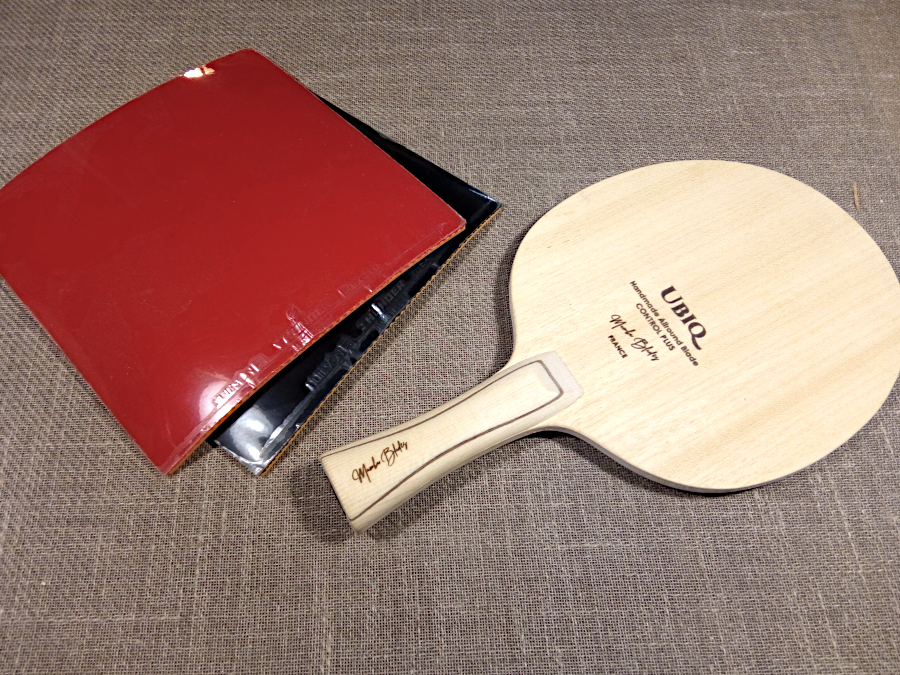
The parts of a table tennis racket: The palette, the handle and the rubbers.

